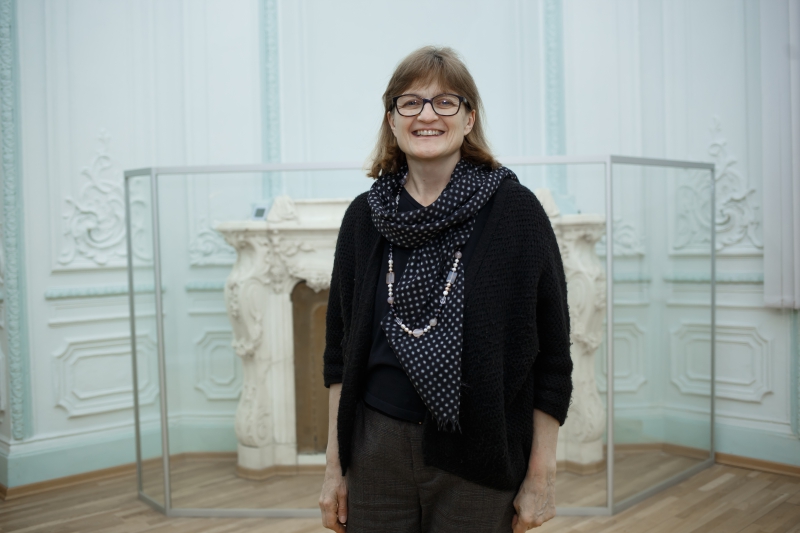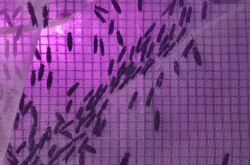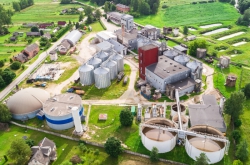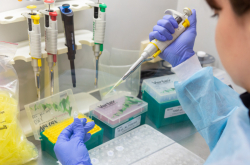On inviting Prof. Bonoli to ITMO University:
Anastasia Pavlova, lecturer at the Faculty of Food Biotechnology and Engineering, on inviting Alessandra Boloni to ITMO University:
Last year, I won a grant from the Italian government for an internship at the University of Bologna. Alessandra Bonoli was my research advisor. We first met in 2017 when I was working on the grant application. I was surprised with how similar our research interests were: circular economy, recycling, corporate environmental responsibility. Obviously enough, I very much wanted to adopt their experience and learn from the professors of one of Europe's oldest universities.
I was particularly interested in the Transition Engineering approach to solving the issues of waste recycling in the food industry. For several months, Prof. Boloni and I worked on a project, wrote articles, and participated in conferences. Professor Boloni motivated me to continue my research in the field of resource conservation and showed me new prospects in the development of ecodesign and product life cycle thinking. I am really happy that she could come to ITMO and deliver a course as part of the Industrial Ecology and Cleaner Production international educational program. I believe that it is only the beginning of a meaningful collaboration and friendship between ITMO and the University of Bologna.
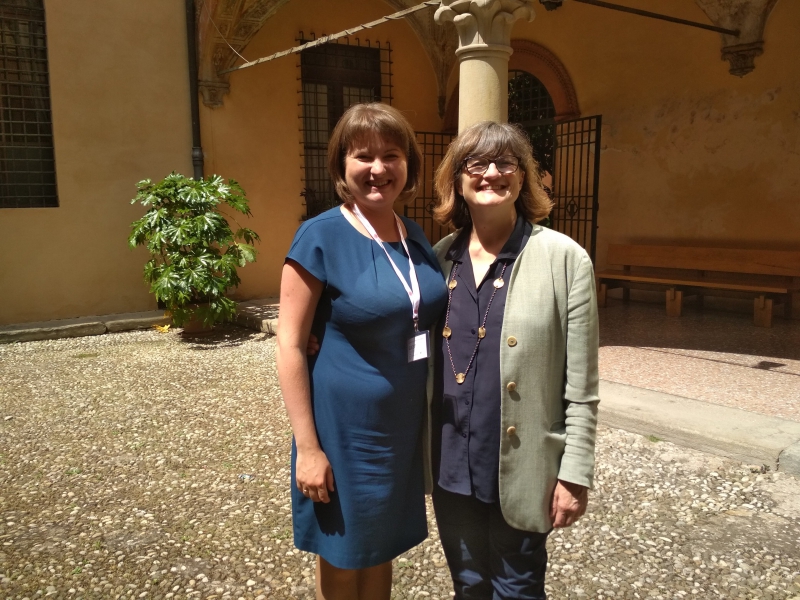
Olga Sergienko, head of ITMO’sinternational program Industrial Ecology and Cleaner Production:
When we were preparing our grant application, Anastasia and I noticed two important things: the first was the similarity between our and Alessandra’s research topics, and the second was her amazing cordiality and eagerness to cooperate. During her internship under Prof. Boloni, Anastasia participated in several conferences; I also communicated with Alessandra online in order to work on joint publications. So when we got the opportunity to invite her to our university as part of an international educational program, we decided to use this chance to strengthen our future collaboration.
Does your current program include subjects that Alessandra spoke on? And are there any differences in how they are perceived in Russia and abroad?
We believe that being up-to-date on the issues of life cycle assessment and ecodesign, and especially life cycle thinking, is of utmost importance to modern ecologists. It is at the design stage that it is essential to study the entirety of an item's production chain, its further use, and the final stages of its life cycle in order to prevent negative environmental impact. Even when recycling waste to produce energy and new materials, i.e. using environmentally-friendly technologies, there can be harmful and even dangerous aspects that may be avoided thanks to a systemic approach. Application of life cycle thinking in natural and technogenic systems is among the key topics of circular economy.
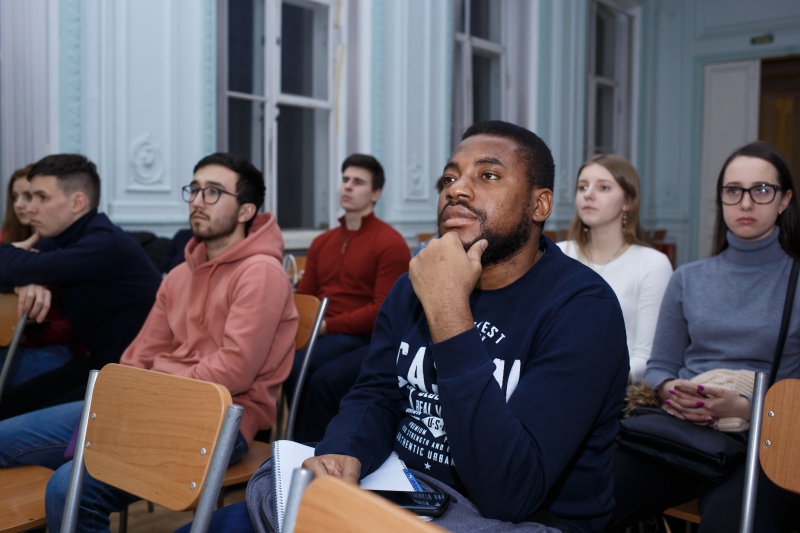
The topics that Alessandra spoke on are included in our “Ecological Engineering” Bachelor’s program and the “Industrial Ecology and Cleaner Production” international program as part of the “Ecodesign and Life Cycle Assessment” course. There isn’t much difference in how we perceive them, as they are all based on a common approach proposed in the ISO 14040 series of standards.
Then again, in Italy and other European countries, the issues of life cycle assessment and ecodesign have long become part of businesses’ ecological management procedures. And in Russia, they are still perceived as optional. For example, in the EU they have regulations on the certification of products, food products included, which include requirements related to their environmental impact at all stages of their life cycle. Here, such assessment is not mandatory and is usually performed only during the production stage. In EU countries, life cycle assessment is widely used for environmental labelling and product certification. In the Russian Federation, we pay attention to certain properties only, and even they are seldom considered when it comes to e-commerce.
Alessandra, you gave several lectures at ITMO University. What was it that you talked about?
My lectures were primarily focused on circular economy and the prospects of sustainable development. At the University of Bologna, I read a course on resource conservation and recycling. I mostly deal with the subjects of minerals and other natural resources, raw materials, their extraction, supply and recycling. The lectures that I gave at ITMO University are excerpts from this course that have to do with sustainable development.
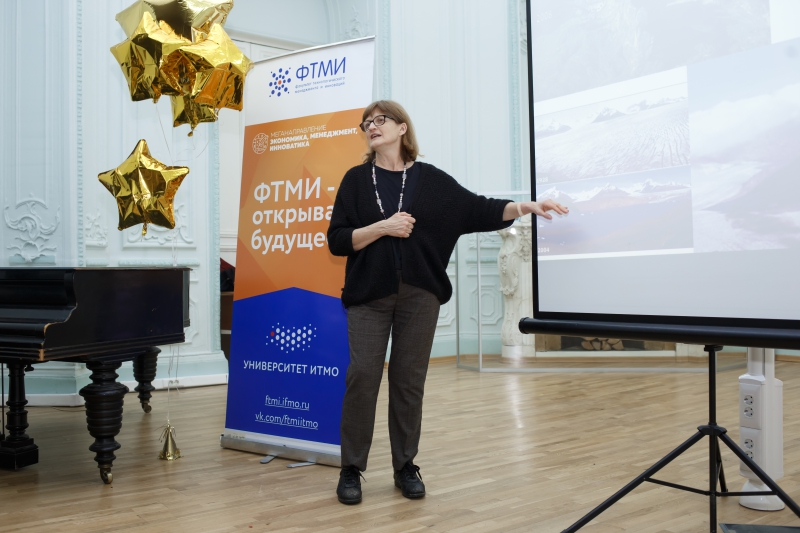
During one of your lectures, you mentioned the term “anthropocene”. What does it mean?
This term was popularized by a specialist in the field of atmospheric chemistry, Nobel Prize winner Paul J. Crutzen who first used it in 2000. He stated that human activity has caused massive damage to the biosphere, and that the current interglacial epoch that is commonly named holocene should be called “anthropocene”. Today, it is used to refer to the geological epoch with a high level of human activity that plays an important part in Earth’s ecosystem.
From this perspective, it’s essential that we speak about social responsibility, starting with the time of the first industrial revolution. Since that time, the environmental footprint of humankind has increased considerably. At the same time, a major environmental and social crisis has emerged as a result of anthropocentrism that is responsible for the rapid decline of our physical, social and economic environment.
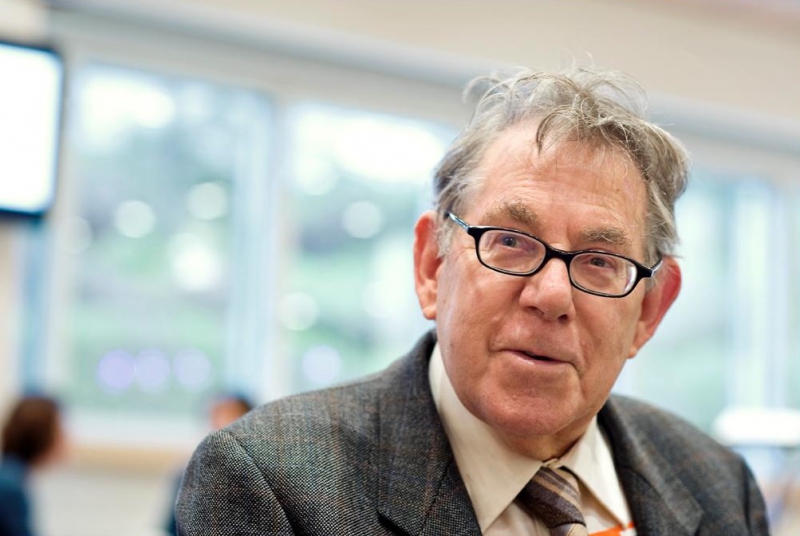
When talking about the environmental crisis, which problems are deemed most important by the expert community?
There are forecasts by the Intergovernmental Panel on Climate Change (IPCC) for the 21st century. Among them are the melting of polar ice and glaciers, transformation of the water cycle (an increase in global precipitation, and the occurrence and intensity of such events as droughts, floods and rainstorms), rising of the sea level, desertification, food and water scarcity, increased rates of famine and human migration. At the same time, waste production exponential growing and natural resources severe depletion.
When did the different nations begin to take joint action in order to solve environmental issues?
The Paris Agreement, which was put into place at the 2015 United Nations Climate Change Conference, was the first such agreement to suggest taking combined effort in the field of fighting climate change and adapting to its consequences. By the way, the developing countries play a major role in this process. This agreement marked a new course in the global climate action. Its main goal was to facilitate the global response to the threat of climate change by keeping this century’s global temperature rise well below 2 degrees Celsius. What’s more, the agreement aims to strengthen the countries’ capabilities in solving the consequences of climate change.
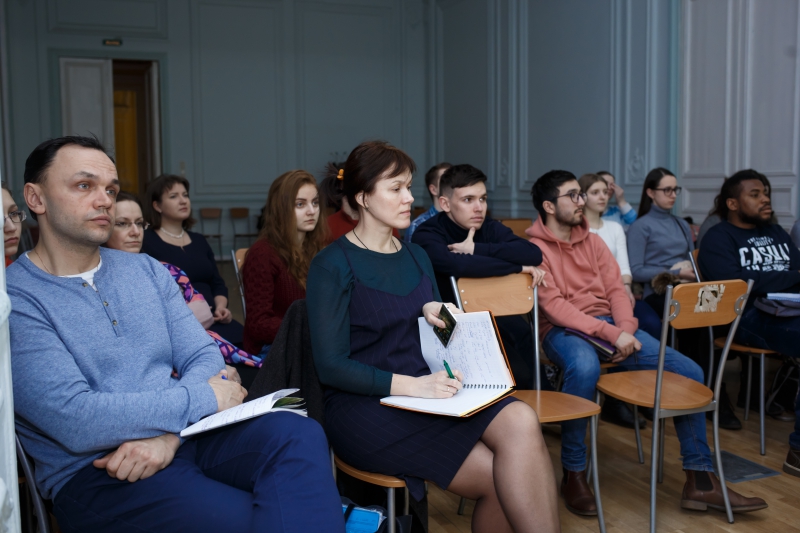
The concept of sustainable development that pursues 17 goals aims to help humanity make its presence and activities on Earth more eco-friendly. When did this concept emerge, and what exactly is it about?
It all began in 1987 with the report Our Common Future by the World Commission on Environment and Development (WCED). Sustainable development was defined as “development that meets the needs of the present without compromising the ability of future generations to meet their own needs."
Sustainable development calls for meeting everyone’s basic needs and offering them the opportunities to strive for a better life. At the same time, sustainable development shouldn’t endanger Earth’s essential natural systems: its atmosphere, water, soil, and living organisms. It also demands that the negative effects on the quality of air, water and other natural elements should be reduced in order to preserve the integrity of ecosystems.
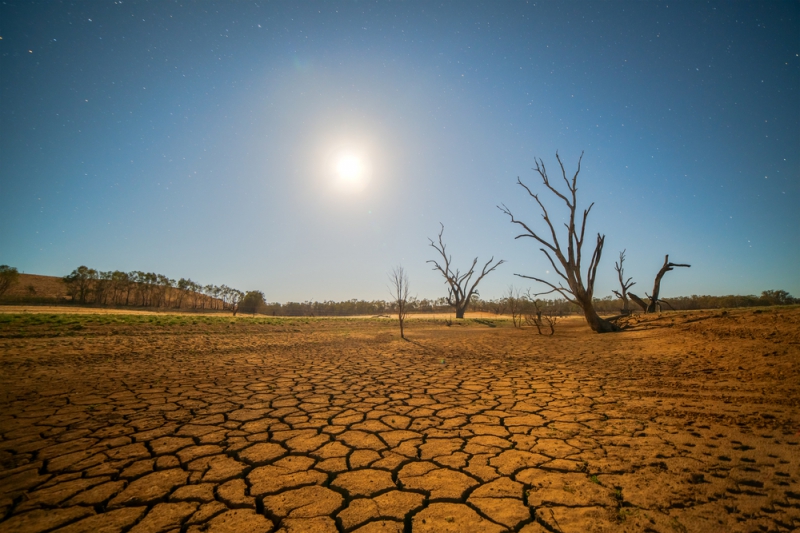
Circular economy is one of the key components of sustainable development. What is it exactly, and why is it so important?
Circular economy (or circularity) is based on the recycling of waste and on reduction in natural resources consumption and is an alternative to the traditional “linear” economy (resources extraction -production - use - waste disposal). In circular economy, there is no “waste” component, as everything is seen as a resource and has to be involved in some process.
Circular economy focuses on products and services that aim to minimize waste and other types of pollution. Its fundamental principles are based on recovering resources, processing recyclable materials and transitioning from fossil fuels to using renewable energy sources. The materials used by these kinds of operations would not become waste but be repurposed. They should also use a minimum amount of energy.
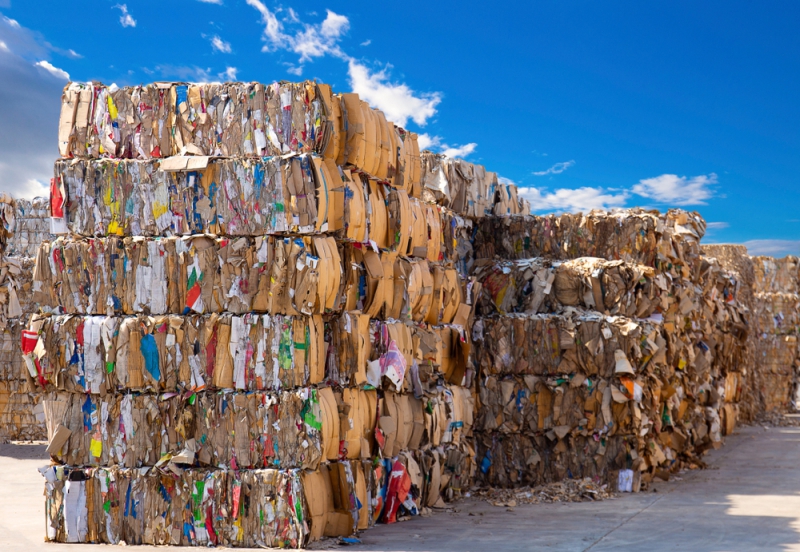
Ecodesign and life cycle thinking are two essential concepts of sustainable economy and circularity. Tell about them in more detail.
Life cycle thinking (LCT) is all about transitioning from traditional manufacturing to including the environmental, social and economic aspects of a product into its life cycle. On every stage of production, there are opportunities to decrease resource consumption and increase a product’s efficiency.
The main goal of LCT is to reduce resource consumption and emissions, decrease the negative impact on the environment, and improve the social and economic benefits of a product over the whole span of its life cycle and not just at a particular time.
A product’s life cycle can start from the moment when its raw materials are extracted from natural sources, or energy is produced. Materials and energy participate in the whole of the supply chain (production, storage, logistics, consumption, and finally disposal or recycling), and then become the product or its part (packaging, distribution, use, maintenance and finally recycling, recovery or disposal).
The LCT approach also includes analysis and interaction with the key parties involved, among which are manufacturers, service providers, governmental agencies, consumers, local communities and so on. An effective collaboration with all these stakeholders contributes to choosing long-term benefits with a minimal damage to the environment.
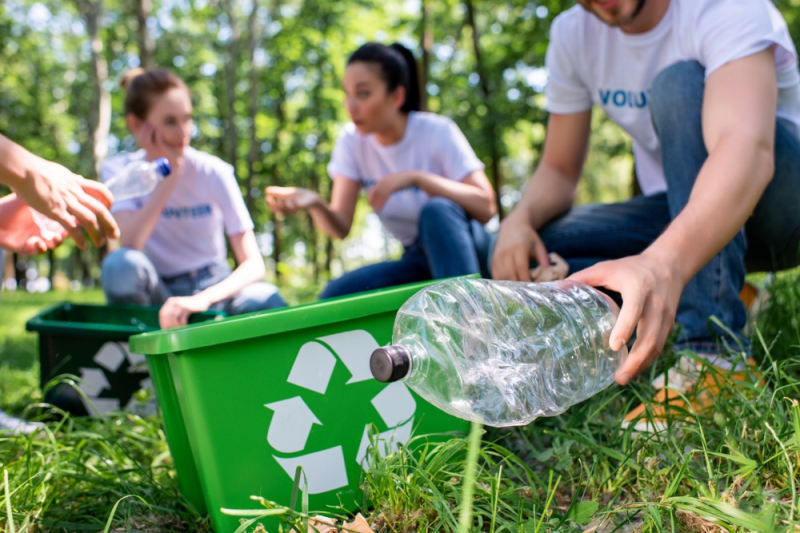
I believe there already are solutions that are based on the LCT approach. How do customers, manufacturers and other stakeholders benefit from it?
You’re right, some solutions already involve LCT. Those are, for example, particular customer solutions that have to do with the use of eco-tags or reporting on environmental and social aspects of a company’s operation. Or business design of products and services that involves assessing a product’s life cycle with regard to its environmental impact and other important factors. Development of governmental policies with participation of concerned parties or based on Integrated Product Policy (IPP) approaches is also essential.
Applying LCT in decision making can be beneficial for senior managers, governments, and the society as a whole. If it’s companies that we’re talking about, using LCT in strategic management can help senior managers to manufacture products with regard to environmental safety as well as quality control and industrial and professional safety. This way, companies can not just cut their expenses, but also increase their competitive ability and enhance their image.
What about benefits for governments and customers?
Government initiatives will not only secure and reinforce the standing of manufacturers and service providers on regional and global markets, but also provide environmental benefits to the society. By participating in programs and initiatives that are associated with LCT approaches, the governments can demonstrate global responsibility and commitment to the 2030 Agenda for Sustainable Development.
Then again, LCT approaches can help promote conscious consumption by offering full information about the purchase, like transport systems used for delivering an item and energy sources used in its production. The customers will have the opportunity to mind these aspects when making the purchase.

Life cycle thinking helps us make a choice. This means that every person in the entire supply chain bears a responsibility and a particular role. Economic, environmental and social impact on every stage of a product’s life cycle must be be considered in a comprehensive manner with regard to opinions of consumers, business and governments, especially when making choices that have to do with production and consumption patterns, policies, and management strategies.
The third concept that you talked about is ecodesign. What’s its purpose?
Ecodesign helps reduce the environmental impact of a product at all stages of its life cycle, which is attained by means of improving project activities. Two key factors of sustainability here are keeping materials in circulation and preventing them from becoming waste. In a sense, you can call ecodesign the heart of circular economy. A product’s capacity for being repaired, recovered or recycled heavily depends on its initial design. This is why it’s so important to account for these aspects on the initial stages of development.
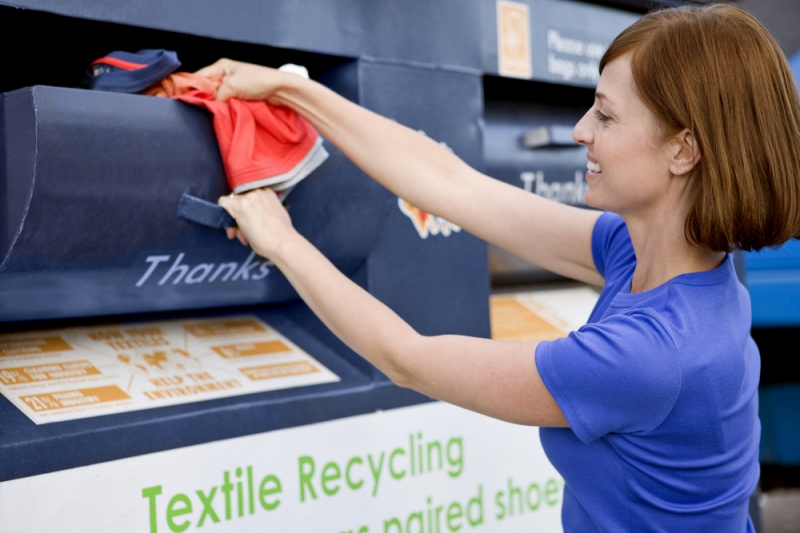
Are there any guidelines in this field, as well?
Yes. First of all, that would be Ecodesign Working Plan 2016-2017 which was presented by the European Commission on November 30, 2016. One of the important tasks stated in this document has to do with studying the opportunities for amending or developing new special requirements in several fields. For example, if it is sustainability of materials that we’re talking about, such requirements can set the minimal life expectancy of products or critical components, or availability of spare parts and repair manuals in case of repairability. It’s also essential to work on such aspects as upgradeability, design for disassembly (e.g. easy removal of certain components), information (e.g. marking of plastic parts) and ease of reuse and recycling, also mentioned in the Ecodesign Directive.
What are the serious issues that the European Union has to deal with in the context of sustainability? The advances in what has to do with recycling are quite well-known, but what about the most relevant problems?
The European Union is indeed heavily involved in solving environmental problems. I agree that every country has to adhere to several trends set by the European Commission, which I expanded upon at my lectures. In Italy, we recycle about 70% of all household waste, and we are also working on other aspects that are essential for transitioning to circular economy. I believe that the European scenario can be applicable in other countries outside the European Union with certain adjustments made in every particular location with regard to its distinctive features.
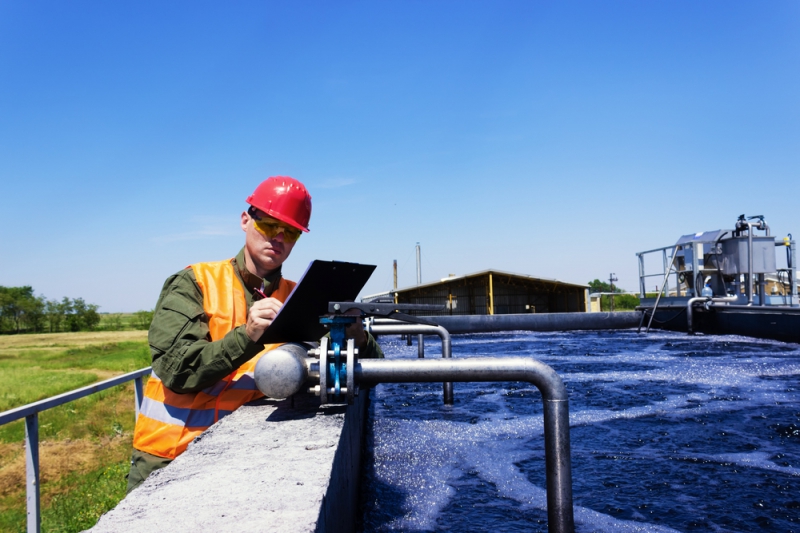
As for other problems, we are obviously concerned with the issue of harmful emissions into the atmosphere and the quality of wastewater treatment. Despite the existence of common directives, the situation is different in every country. Unfortunately, even though we adhere to these directives in my region, the level of pollution that is associated with harmful emissions into the atmosphere is higher than in other countries where they adhere to the very same regulations.
Several events were conducted as part of Alessandra Bonoli’s visit. One of them was a roundtable with the representatives of the International Organizational and Legal Support Office, International Educational Programs Department, Center for Project Development and Fundraising, and the International Programs and Projects Office. Among its key topics were the opportunities for developing an international educational program, as well as other international projects for future collaboration.
Alessandra Bonoli also gave a series of lectures and workshops on the topic “Ecodesign and Life Cycle Thinking” to 20 students of the “Ecological Engineering” and “Industrial Ecology and Cleaner Production” programs. The lectures featured a video conference with the University of Bologna with a demonstration of the use of Simapro software in assessing a product’s life cycle.
The professor also gave an open lecture and paid a visit to the Museum of Optics and the Universe of Water exhibition complex.
